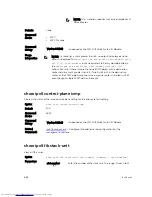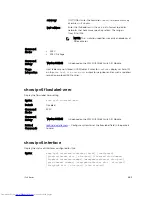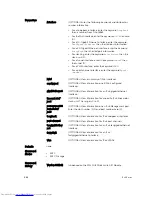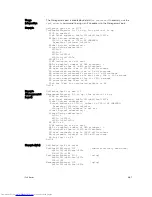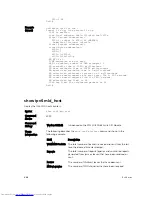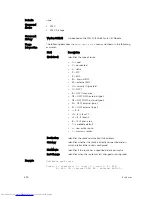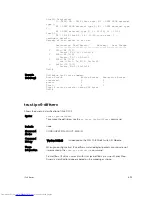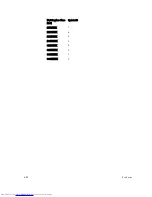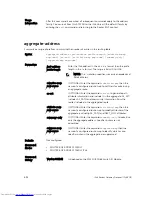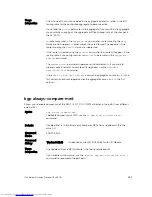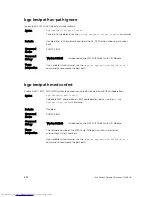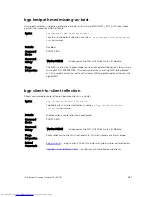
bgp cluster-id
Assign a cluster ID to a BGP cluster with more than one route reflector.
Syntax
bgp cluster-id {
ip-address
|
number
}
To delete a cluster ID, use the
no bgp cluster-id {
ip-address
|
number
}
command.
Parameters
ip-address
Enter an IP address as the route reflector cluster ID.
number
Enter a route reflector cluster ID as a number from 1 to
4294967295.
Defaults
Not configured.
Command
Modes
ROUTER BGP
Command
History
Version 9.2(0.0)
Introduced on the MXL 10/40GbE Switch IO Module.
Usage
Information
When a BGP cluster contains only one route reflector, the cluster ID is the route
reflector’s router ID. For redundancy, a BGP cluster may contain two or more route
reflectors and you assign a cluster ID with the
bgp cluster-id
command.
Without a cluster ID, the route reflector cannot recognize route updates from the
other route reflectors within the cluster.
The default format for displaying the cluster-id is dotted decimal, but if you enter
the cluster-id as an integer, it displays as an integer.
Related
Commands
bgp client-to-client reflection
— enables route reflection between the route
reflector and the clients.
neighbor route-reflector-client
— configures a route reflector and clients.
show ip bgp ipv6 unicast cluster-list
— views paths with a cluster ID.
bgp confederation identifier
Configure an identifier for a BGP confederation.
Syntax
bgp confederation identifier
as-number
To delete a BGP confederation identifier, use the
no bgp confederation
identifier as-number
command.
Parameters
as-number
Enter the AS number. The range is from 1 to 65535.
698
IPv6 Border Gateway Protocol (IPv6 BGP)

